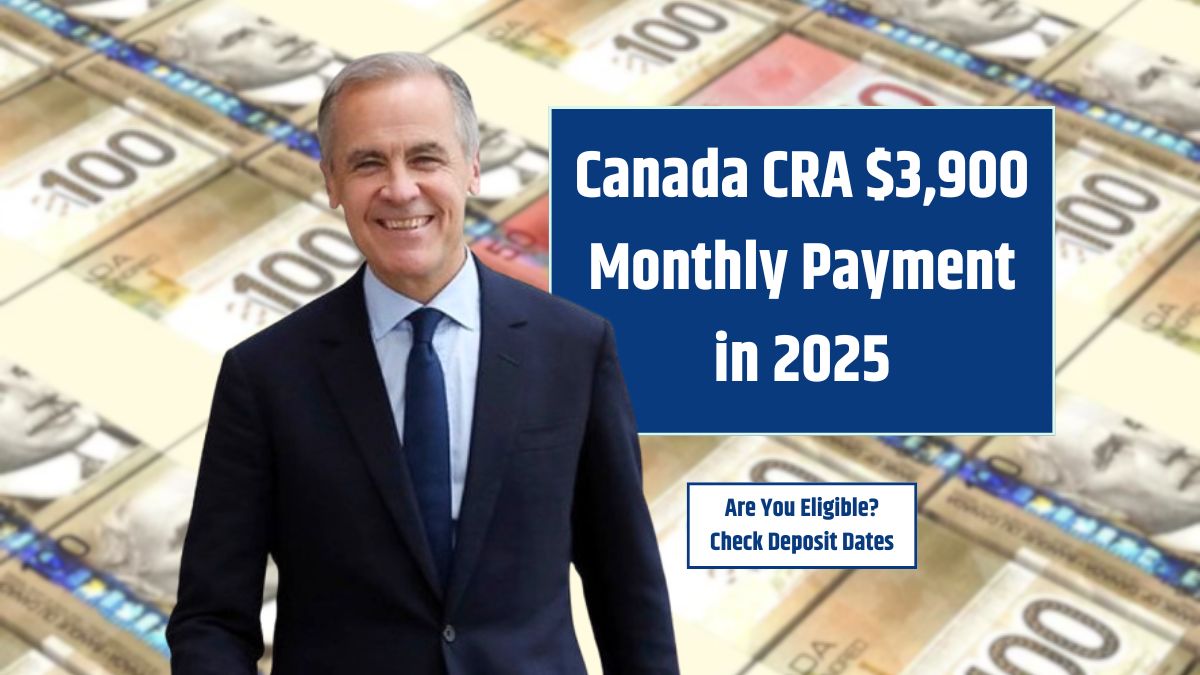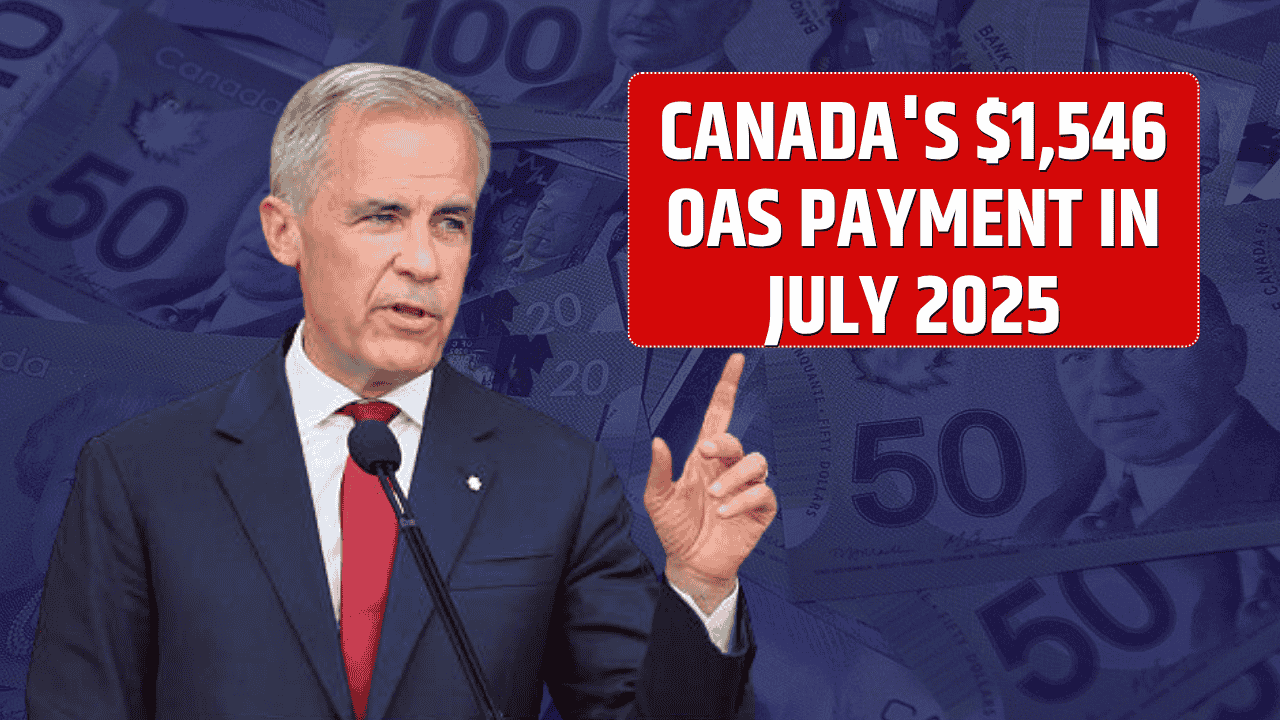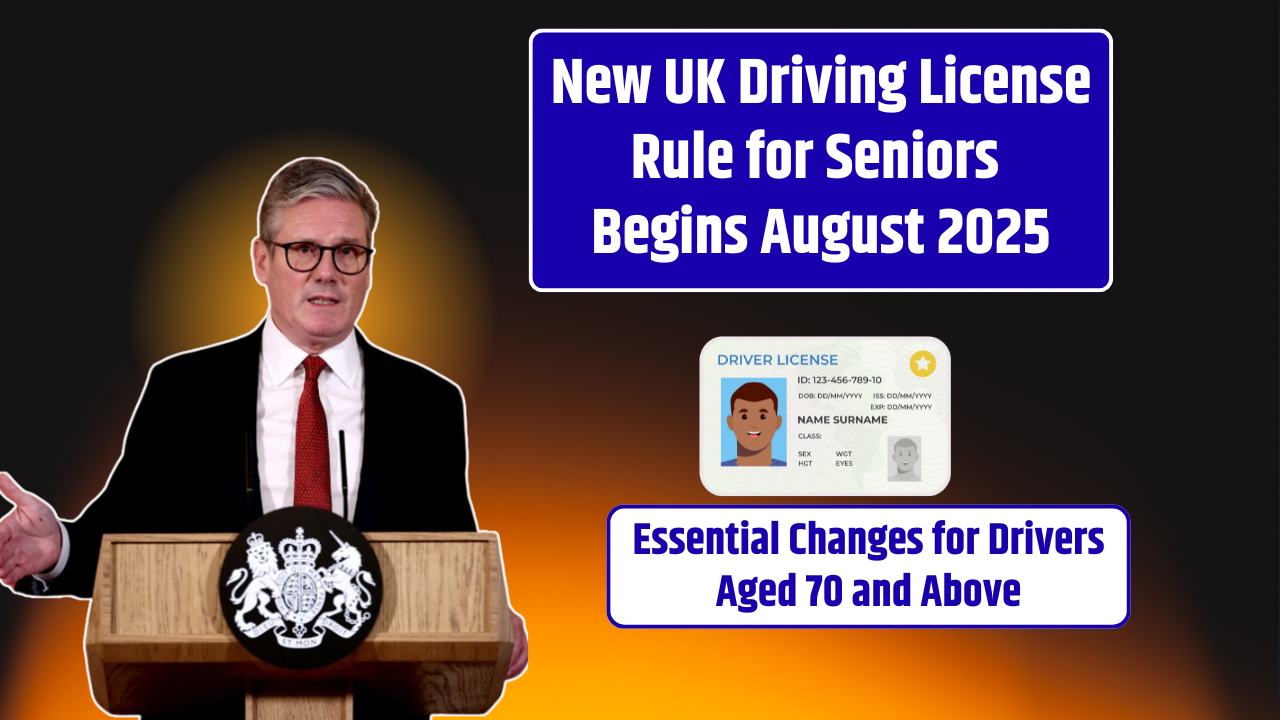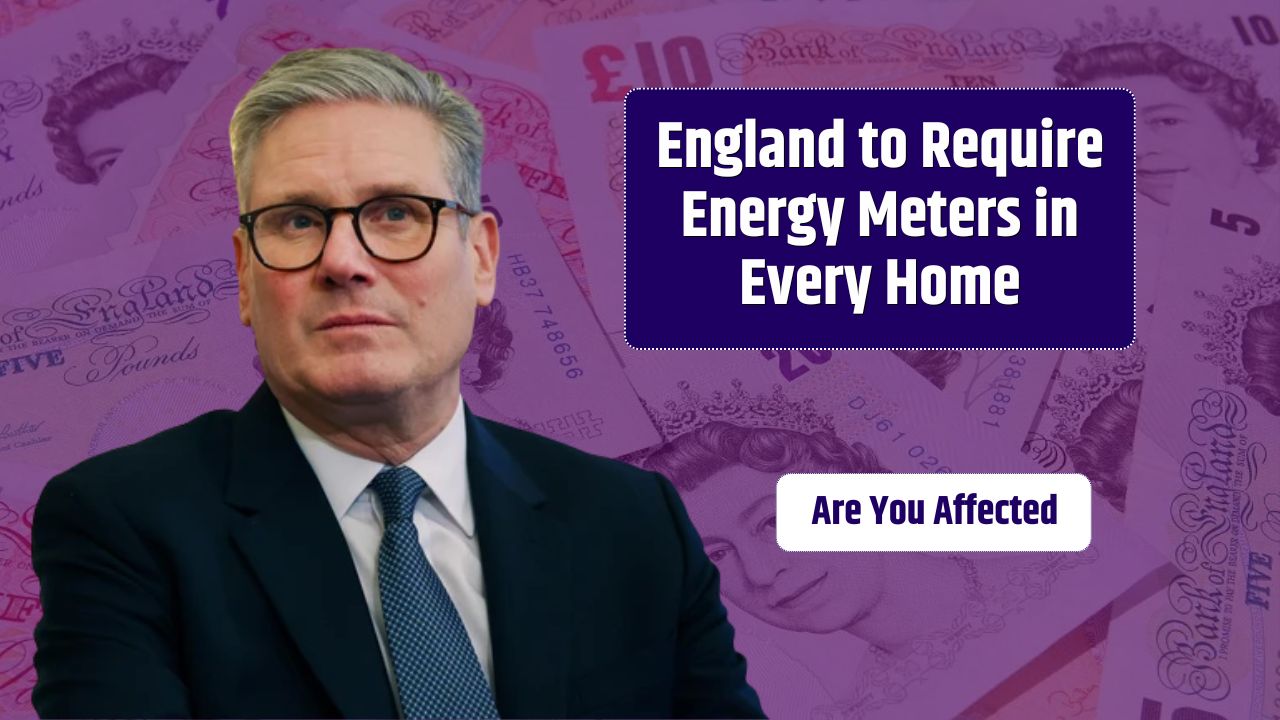In 2025, the value of evidence-based policy has never been more critical. As global challenges become increasingly complex—from climate change and economic inequality to public health crises and technological disruption—governments are under pressure to craft solutions that are effective, efficient, and equitable. Evidence-based policymaking, which relies on rigorous data analysis and empirical research, helps ensure that public policies are grounded in reality rather than ideology or political convenience.
Table of Contents
What Is Evidence-Based Policy?
Evidence-based policy (EBP) refers to the process of using the best available research and data to inform government decisions. Rather than relying on intuition, tradition, or partisan beliefs, EBP focuses on what works, based on measurable outcomes. It involves systematic evaluation, pilot testing, and scaling successful interventions.
Key elements of EBP include:
- Data collection and analysis
- Independent research and evaluation
- Transparency and accountability
- Continuous learning and adaptation
Why It Matters in 2025
Tackling Complex Global Challenges
In 2025, governments are grappling with multifaceted issues like climate adaptation, artificial intelligence regulation, and global supply chain vulnerabilities. These problems require nuanced responses informed by accurate data. Evidence-based policy helps cut through misinformation and enables leaders to make better-informed decisions that address root causes, not just symptoms.
Trust in Institutions
Public trust in governments and institutions has declined in many countries. Citizens are demanding more transparency, accountability, and results. EBP promotes trust by showing that policies are grounded in objective facts and not swayed by short-term politics. It also helps prevent wasteful spending and policy failures by aligning programs with proven outcomes.
Fiscal Responsibility
Governments in 2025 are facing tighter budgets, rising debt, and increased demands for social services. EBP helps prioritize spending by identifying which programs deliver the most value per dollar spent. By allocating resources based on performance data, policymakers can stretch limited funds further and make difficult trade-offs more defensible.
Examples of Evidence-Based Policy in Action
| Policy Area | Evidence-Based Approach | Impact |
|---|---|---|
| Public Health | Vaccination strategies based on epidemiological modeling | Reduced disease outbreaks |
| Education | Early childhood programs with proven ROI | Higher graduation rates |
| Criminal Justice | Alternatives to incarceration based on recidivism data | Lower crime and prison populations |
| Climate Policy | Emission targets aligned with scientific projections | Measurable environmental improvements |
| Economic Development | Job training programs evaluated by longitudinal outcomes | Increased workforce participation |
Challenges to Implementing EBP
While the benefits of EBP are clear, several challenges remain:
- Political resistance: Data may contradict political agendas.
- Data gaps: In some areas, reliable data is still lacking.
- Implementation barriers: Translating research into action can be difficult.
- Time lag: Gathering and analyzing evidence takes time, while political decisions often need to be made quickly.
The Future of Policy Design
In the digital age, the tools for data collection and analysis are becoming more powerful. Artificial intelligence, real-time data analytics, and open government data are transforming how policymakers assess needs and monitor outcomes. In 2025, these innovations are making EBP more accessible and actionable than ever before.
To remain relevant and effective, governments must invest in research infrastructure, build data literacy among policymakers, and foster a culture of continuous evaluation. Collaboration between academia, the private sector, and civil society will also be key to driving forward evidence-based approaches.
As challenges grow more interconnected and stakes rise, the demand for smart, evidence-driven policy will only increase. While no approach is perfect, using evidence as a guiding principle is the best strategy for building a fairer, more resilient society.
FAQs
What is the main goal of evidence-based policy?
To ensure that policy decisions are informed by reliable data and proven outcomes, leading to more effective and efficient public programs.
How does evidence-based policy improve government spending?
It helps identify which programs work and which don’t, allowing governments to allocate resources more wisely and avoid waste.
Can politics interfere with evidence-based policy?
Yes, political interests can sometimes override data, but a transparent and accountable policy process can reduce this risk.
What tools support evidence-based policymaking in 2025?
Big data, AI analytics, public dashboards, independent evaluations, and real-time feedback systems are increasingly being used.


























